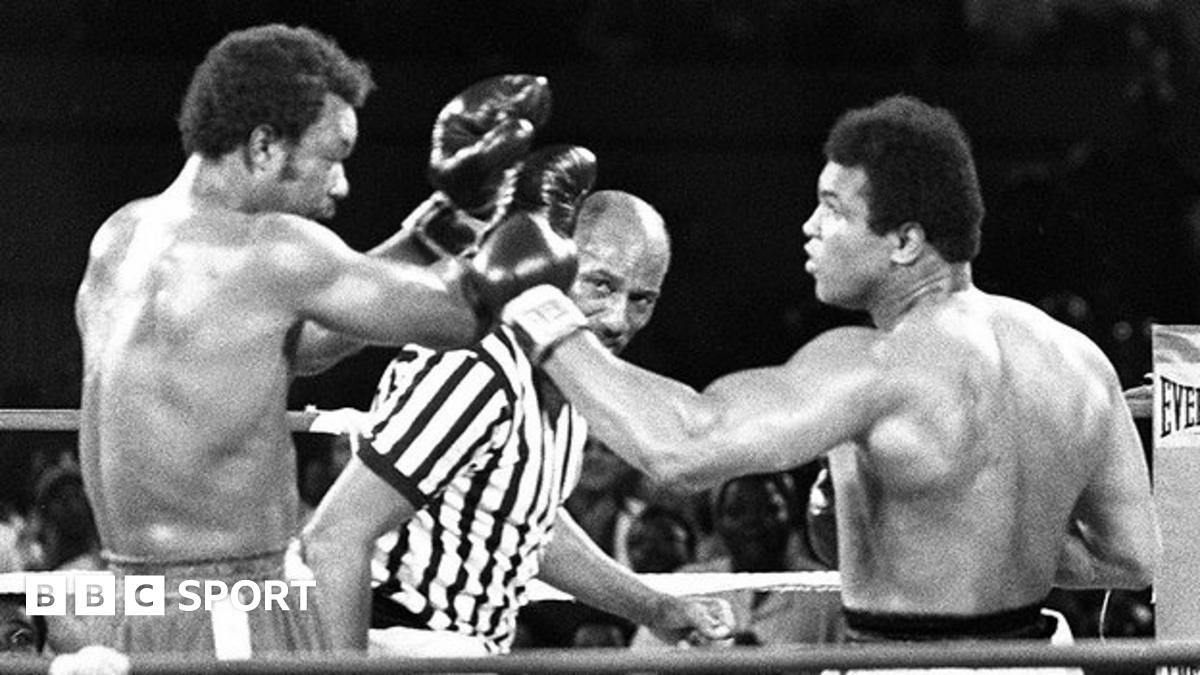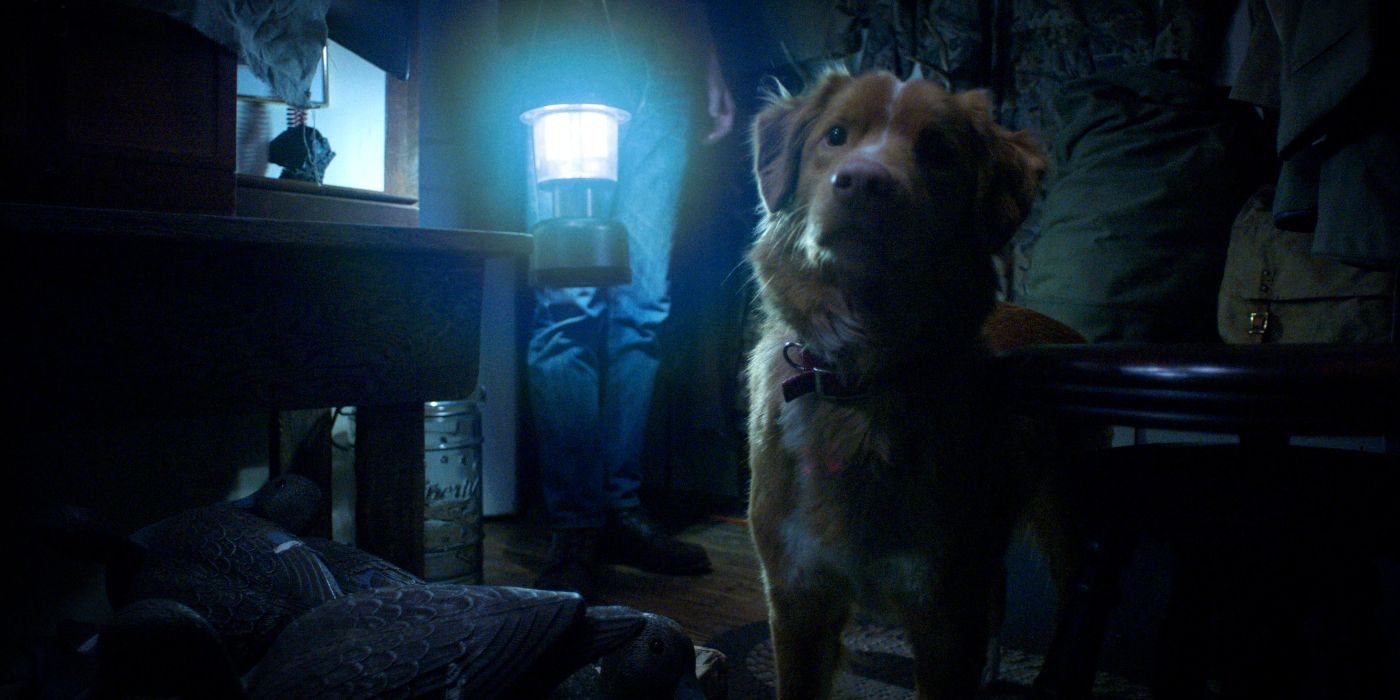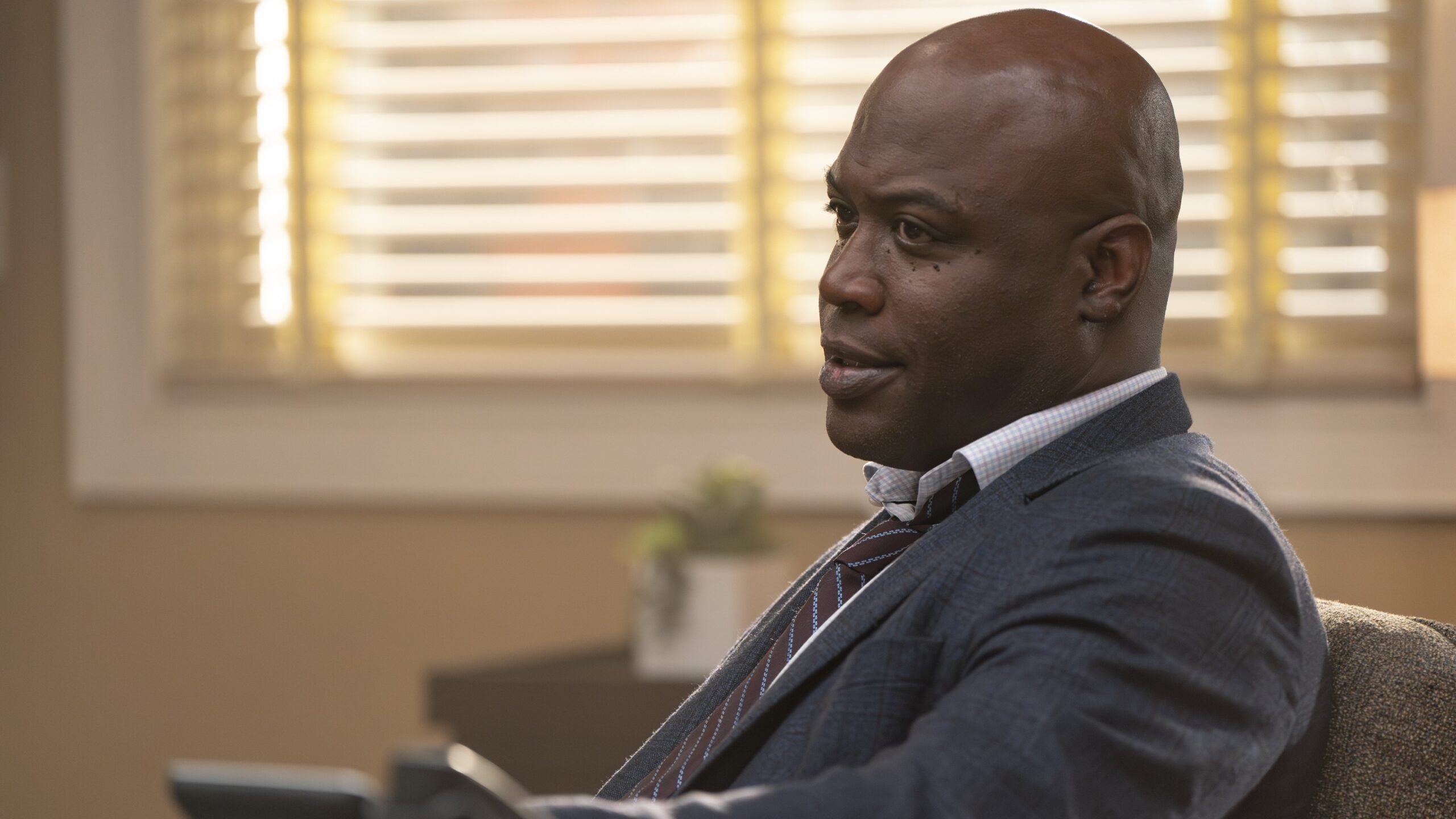Mschf to corporate America: Don’t sue us, pay us

You’re probably a fan of Mschf, even if you’ve never heard of it.
The Brooklyn-based art collective has spent the past five years commandeering the internet’s attention through product drops like Satan Shoes (Nike Air Maxes filled with blood) and Big Red Boots, alongside community experiments like turning Venmo into a game of Survivor. Mschf’s 30ish-person team regularly ruffles the feathers of brands, products, culture, and even its own investors. Over the years, Mschf has faced cease-and-desist orders and lawsuits from the likes of Nike and VF Corp. for turning their products into creative clay.
But now Mschf has decided to stop poking fun at brands—at least some of the time—to do business with them. It’s launching a creative consultancy, called Applied Mschf, to offer services to between 5 and 10 brands a year, and restructuring its business entirely to support this project.
The collective has previously collaborated with companies on one-off products: For Tiffany it made a participation trophy for being rich; for Mattel, it produced a rusted jalopy with “Wash Me” on the window. But Applied Mschf is a much more ambitious and far-reaching effort. Mschf is codifying its services—including marketing, industrial design, digital design, and even architecture—as a full-on creative consultancy.
“Instead of the brands paying their lawyers [to sue us], they should just be paying us,” Mschf cofounder and CEO Gabe Whaley tells me, with a laugh.
Mschf as a service
Mschf spent its early years thumbing its nose at the capitalist establishment. Shortly after launching, the collective began producing—at a torrid pace—both tongue-in-cheek collectibles like Kill Pills (they’re just sugar) and groundbreaking art projects like Severed Spots (which cut a $30,000 Damian Hurst dot painting into 88 mini canvases).
But the group remained cloaked in mystery. When I followed Mschf to Korea for its first art retrospective in 2023, the collective had amassed a museum’s worth of work and a global reputation and yet it was still relatively unknown.
Today its founders are recognized across the creative community, and the organization’s output is the envy of many brands. Mschf’s eight-figure business is fueled by its now tried-and-true product drops, which include shoes, fashion, collectibles, and art.
To launch Applied Mschf, the collective is restructuring into a holding company. The footwear, collectibles, fashion, and art groups each have their own leadership and budget. At the center of everything is Mschf’s legal and central creative team, which will serve all the divisions—including the 5 to 10 external clients and partners that Mschf hopes to bring on over the next year.
With this mechanism, Whaley and the team want the partners, the revenue, and, quite frankly, the excuse to execute on a larger scale. When I met with cofounder Kevin Wiesner last year, he said he was itching to construct a building. Now Whaley tells me that Wiesner wants to partner with a city to rethink its public transit—and he’s not joking.
“I’m very excited to pursue bigger, harder formats that are potentially more permanent,” Whaley says, laying out an intentionally non-prescriptive groundwork to woo partners who have grand, ranging ambitions.
Whaley says Applied Mschf’s projects could be cobranded or white-labeled, and may involve everything from consulting to actually spinning up entirely new businesses. He’s open to working on retainer, for royalties, or even taking equity in a new venture.
It all sounds quite amorphous, but this kind of creative consultancy is becoming far more established in the modern world of influencer-driven creative direction. Kendrick Lamar, for instance, releases music and videos that define his cultural relevance. But he also has the consultancies pgLang and Project 3 to pursue corporate clients. Whaley points to the late Virgil Abloh’s archipelago of companies, clients, and hobbies as a creatively satisfying path to success that Mschf hopes to emulate.
Whaley’s also well aware that his company, which defined itself by bucking the consumer system, is now offering to fuel it.
“At the end of the day, Mschf takes culture as existing material—that’s our medium. At the most aspirational level, this is really just about expanding our tool kit with available material for us to use,” he says. “I think a lot of people may think we are anti-big brand based on our past work. But the thing is, there was never animosity. It was just that they had such good existing material.”
The evolution of Mschf
Whaley says that as Mschf has evolved, so has his perspective on its place in culture, especially as he’s met young designers abroad who admire the brand. He’s become more comfortable with his own role in the creative community. These days, Mschf’s leadership regularly makes the rounds of design schools and podcasts.
“We understand that we’re not that secret, mysterious, shadowy behind-the-scenes figure anymore,” Whaley says. “So the question is, how do we use our existing context to do more and make our world bigger, versus trying to retreat back into the shadows from where we came?”
For Whaley, Applied Mschf is one part shrewd business move, one part creative necessity, as the team looks to balance its business with the blank space, anything-is-possible ideas that originally propelled the collective.
“There’s a lot of value now in rejecting this notion of chasing ephemerality,” he says. “[Ephemerality] was a very special thing that helped characterize our practice for the last half decade. But you see everyone chasing their 15 seconds of fame. We’re all chasing it, but that half-life of attention keeps decreasing. I think it’s a race to the bottom, and I think now is an interesting time to actually focus on things like permanence. And so that’s what’s going to define Mschf’s artistic practice in the future: less of these rapid-fire, one-offs every two weeks, but more large, impactful community-driven moments.”
Mschf has traditionally viewed virality not as the goal of its art practice but the means to an end. Virality created the feedback loop from the fan or consumer who gave its sometimes sophomoric projects a PhD-level meaning. Wiesner has called Mschf “a digitally mediated performance art practice,” with its core question always being: “Does each viewer-participant of a project make it better?”
But Mschf now lives inside a culture it’s helped create, where brands themselves are launching wave after wave of nonsensical collabs as part of their core marketing strategy (at the time of filing this story, Coors Light had just announced a refrigerated deodorant).
No doubt, Mschf doesn’t just want to be the only ephemeral player in on the joke, and its creatives want to continue pushing boundaries. Done right, Applied Mschf could fuel Mschf’s most impactful work yet.
What's Your Reaction?
 Like
0
Like
0
 Dislike
0
Dislike
0
 Love
0
Love
0
 Funny
0
Funny
0
 Angry
0
Angry
0
 Sad
0
Sad
0
 Wow
0
Wow
0




























































































